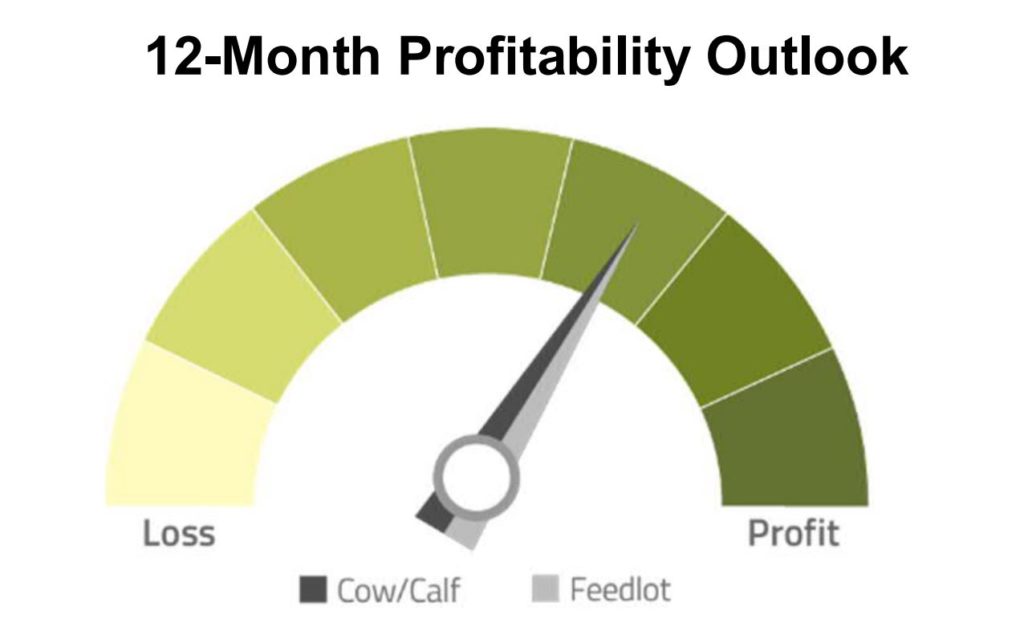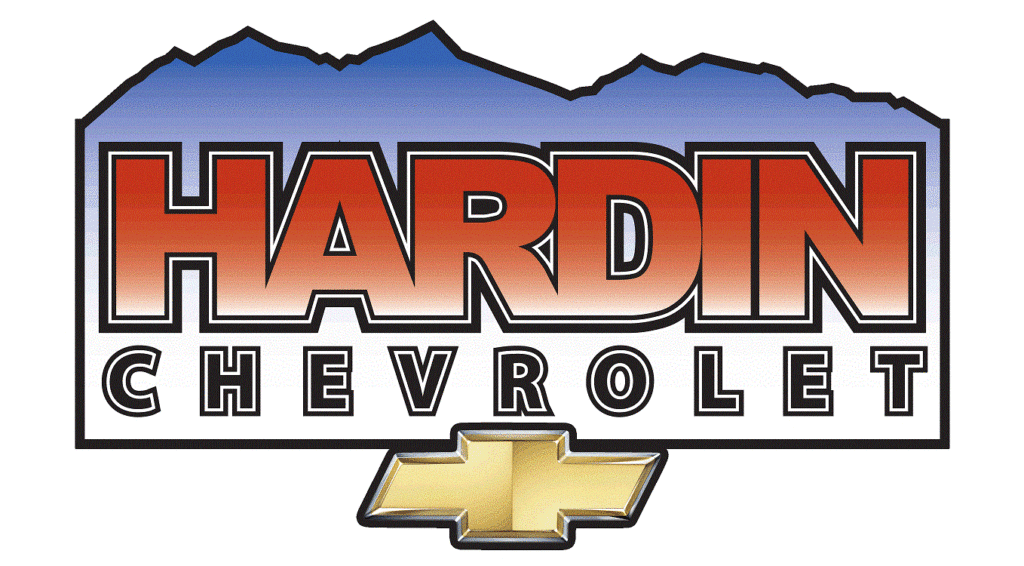Northwest Farm Credit Services
Dec. 31, 2020
Executive Summary
COVID-19 and the resulting market volatility continue to be a major driver of the cattle industry.
- Moderate heifer inventory combined with increased cow culling suggests a slightly smaller cow herd in 2021.
- Higher feed costs will provide modest headwinds for feedlots and calf prices.
Northwest Farm Credit’s 12-month outlook suggests modest profitability centered around risk management strategies. The national herd size is moderating, providing tailwinds to producer profitability. Instability around COVID-19 continues to weigh on restaurant demand for high value cuts.
Cow/Calf
Volatility has been the hallmark of 2020. Uncertainty surrounding slaughter numbers, carcass weights, boxed-beef prices and cattle on-feed dynamics leaves longer-term trends opaque. Heifer retentions and cow culling ultimately determine long-run producer profitability.
At the beginning of 2020, heifer replacements were 18.4% of beef cow inventory, down from peak retention 21.0% in 2016. Heifer replacements below 18% indicate herd liquidation. In July the USDA estimate suggested heifer retention remained stable, slightly above 18%.
Yet, this suggests some potential for a smaller cow herd in the coming year. Heifers not retained as replacements are sent to feedlots. Heifer inventory in feedlots was down 1.1% in October and heifer slaughter is projected to decrease 3.6% year over year. Although this seems contrary to the data on replacements, lower heifer slaughter could indicate stability instead of expansion of the heifer herd.
Beef cow slaughter of mature cows rather than heifers is expected to increase 2.6% year over year. Cow culling rates are now about 10.5%, up from 7.6% in 2015. Herd culling above 10% is consistent with modest herd liquidation. If culling rates increase above 12-Month Profitability Outlook
11%, significant herd liquidation is underway. The mid-year cattle report suggests beef cow inventory is down 0.8% year over year. This is consistent with cow slaughter data. Increased cow slaughter favors higher ground-beef inventory early in 2021. When heifer and cow inventory data is layered together the cow herd is likely to decrease slightly. A slightly smaller cow herd will tighten supplies of calves and beef production later in 2021 and into 2022. Cattle slaughter in 2021 is forecast down about 1%. This translates to a decrease in beef production between 1% and 2%.This can still change if herd liquidation accelerates. The short-term impact of increased liquidation would be an increase in cattle slaughter and higher beef inventory. The signs of expansion are decreased cow slaughter and fewer heifers in feedlots. There is potential for either scenario. The cattle inventory trajectory in 2021 will depend on numerous factors including control of the pandemic, U.S. macroeconomic conditions, global protein markets, drought conditions and feed prices, among others.
Restaurant Demand
In the short term, COVID-19-based restaurant closures will weigh on demand for high value cuts of beef. While restaurants have partially recovered from a dramatic reduction in sales, total sales remained depressed in April. According to the U.S. Census Bureau, August 2019 restaurant sales reached $59.3 billion. October 2020 sales, the most recent data, tallied just $52.3 billion, down 11.8%. While this is not directly related to restaurant demand for beef, it does indicate weak demand for high value cuts at full-service restaurants. Quick-serve restaurant and at home ground beef consumption continues higher year over year.
Corn
International supply constraints are supporting corn prices. Foreign corn production is forecast lower as an increase for Ukraine is more than offset by reductions for Argentina, the EU and Canada. Argentina corn production is reduced based on lower expected area harvested. Canadian corn output is lowered as marginally higher area is more than offset by a reduction in yield. EU corn production is down, mostly reflecting a smaller forecast for Bulgaria. Tighter corn inventory will support corn and other feed prices. Feedlot margins are likely to weaken in the face of higher feed costs. Lower feedlot margins may provide modest headwinds to calf prices in 2021.
DOWNLOAD / PRINT REPORT








